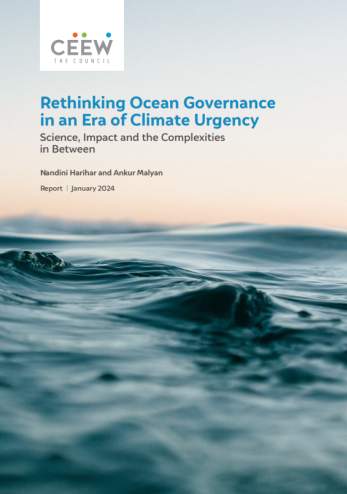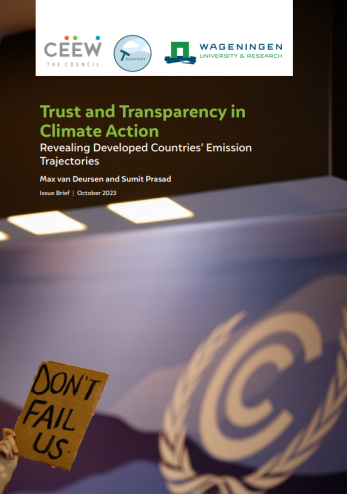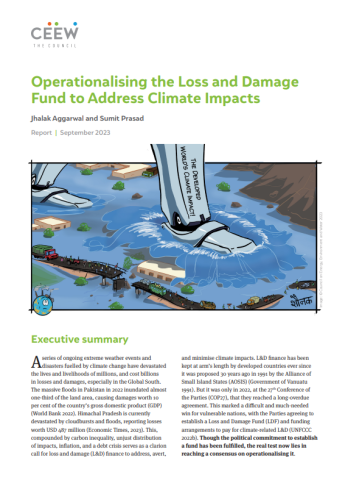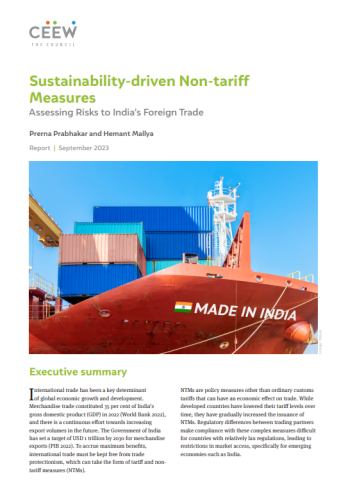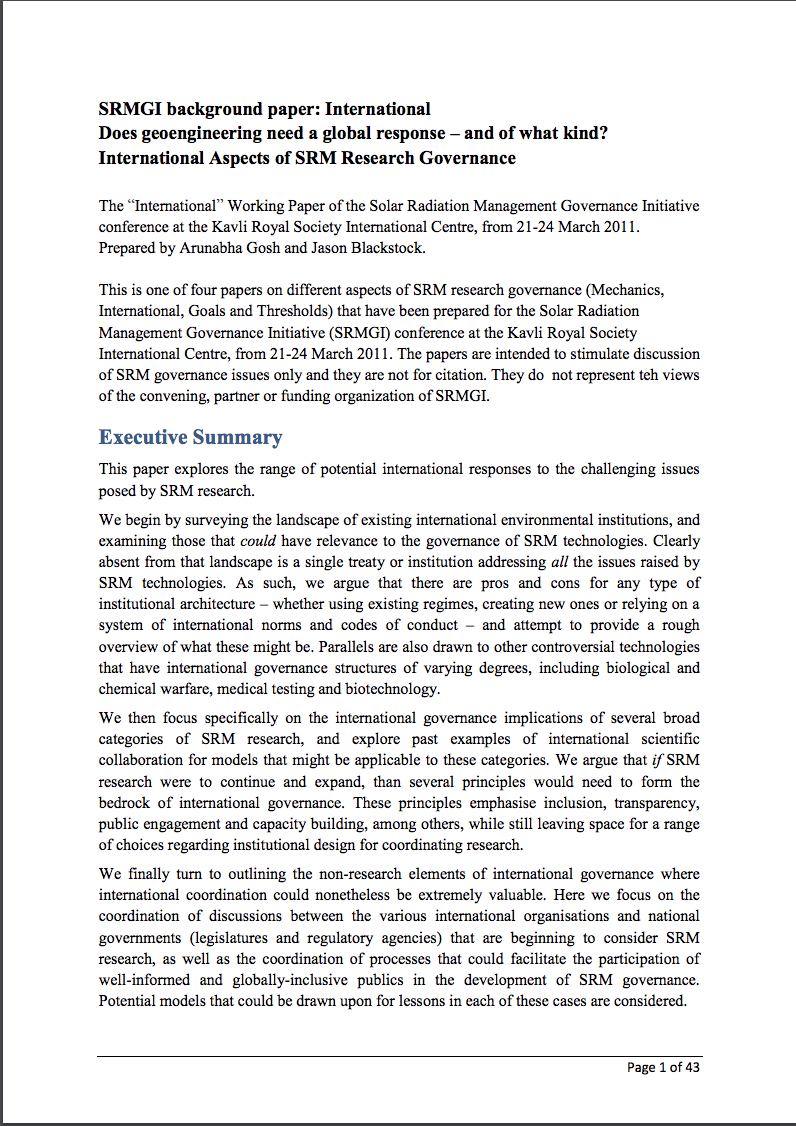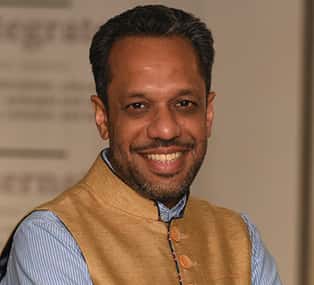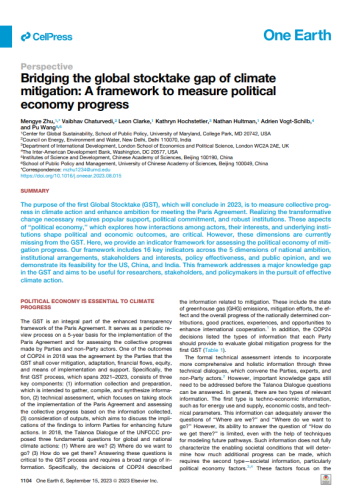Paper
Does Geoengineering Need a Global Response - and of What Kind?
Jason Blackstock, Arunabha Ghosh
March 2011 | International Cooperation, Technology Futures
Suggested citation: lackstock, Jason, and Arunabha Ghosh. 2011. Does geoengineering need a global response - and of what kind?. New Delhi: Council on Energy, Environment and Water.
Overview
This working paper evaluates the existing landscape of international regimes for their relevance (direct applicability or indirect lessons) for governing Solar Radiation Management (SRM) technologies. It argues that there are pros and cons to any type of institutional architecture and attempts to provide a rough overview of the same. Parallels are drawn to other controversial technologies that have international governance structures of varying degrees. It also explores the aspects of SRM research that could benefit from international coordination. It also identifies other non-research activities related to SRM research governance that could benefit from international coordination.
Key Highlights
- No international organisation created to date has the specific mandate or technical capacity to govern SRM holistically, accounting for all the political, socioeconomic, ethical, and physical dimensions of its research, deployment, and impact.
- The implications of different national governments seeking to apply their own national legislation to SRM research without international consultation could lead to the global governance of SRM research becoming spatially fragmented.
- One of the important governance options would be one grounded in a collection of ad-hoc principles, soft law, and codes of conduct, and ideally adopted by the transnational community of researchers and policymakers engaged in SRM.
- How SRM governance evolves at both national and international levels will depend significantly on which actors get involved, at what stage, in pushing specific agendas regarding SRM, and which institutions or public they target with those agendas.
Lessons from International Organisations
- The evolution of SRM governance could coalesce anywhere on a spectrum of different regulatory structures and arrangements ranging from essentially independent (and possibly contradictory) national regulatory frameworks to a globally subscribed and binding regulatory framework.
- The applicability of Nuclear Non-Proliferation Treaty (NPT) framework to SRM or geoengineering is questionable, as the basic technologies are far more easily accessible and the technologies themselves are not as intrinsically hostile as nuclear weapons.
- The contrast between conventions for other controversial technologies emphasises the potential challenge of pursuing global regulation of SRM research in any situation where SRM technologies start becoming perceived as having “national interests” associated with their access and control.
- The development and testing of SRM technologies have strong parallels to the ethics of medical testing involving intentional interference with complex natural systems to which the response is at least partly unpredictable.
- SRM governance may also benefit from the approaches being developed and applied to the regulation of nanotechnology - identifying potential hazards and engaging policymakers, scientists, social scientists; and engaging the public in a broad-ranging discussion about both the potential hazards and benefits.
Benefits from International Coordination
- Scientific: SRM research has to build on ongoing climate research. It depends on good climate observation, including measuring ocean acidity, carbon dioxide concentrations in the atmosphere, and the impact on monsoons and soil moisture.
- Financial: SRM, when deployed, might work out significantly cheaper. However, the research would depend on continued funding for climate observation satellites and other research activities.
- Inclusion: The objective of inclusion may be fulfilled in different ways, such as by seeking material inputs from some countries, financial contributions from others, or offering access to research equipment and facilities.
- Political: There are political reasons why the scope of a research endeavour might expand. The insistence on behalf of the European Union that the ITER facility be built in France also meant that it had to give concessions to Japan, including building another facility there.
- Public engagement: The other political purpose of international collaboration is to legitimise research among the public.
International Coordination of Non-research SRM Activities
- Coordination between international organisations and national governments while beginning to tackle SRM governance and regulatory issues would increase the opportunity for early harmonisation of legislation and regulatory frameworks.
- The formation of a formal (e.g. UN requested) World Commission on SRM technologies (or more broadly climate engineering or management) could meet with very significant international opposition.
- Given the present nascent state of public knowledge regarding SRM technologies, and the currently fragmented global climate discourse, it is more likely that public conversations about SRM technologies will nucleate and build on an ad-hoc basis
- Central repositories of easily accessible, unbiased and authoritative knowledge and information from the various ongoing scientific and socio-political discourses on SRM technologies will be the most important contribution.
The UNEP could act as an early conceptual incubator for “cross-cutting” geoengineering governance, either by coordinating more relevant agencies under its nominal umbrella or by galvanising a new governance body to which operational capacity would devolve.




